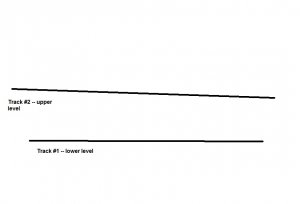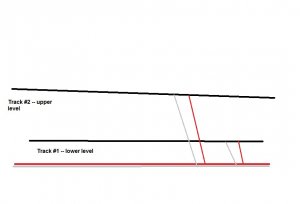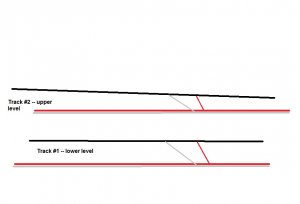DairyStateDad
Mumbling in the corner
First of two posts...
For a twice-around schematic (assume the size is big enough that it's operated from the center; black represents the track)...
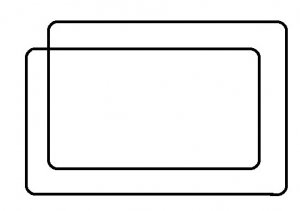
Should the bus wires (represented by red and gray) go around once and feed both portions of the twice-around? (Just showing one set of feeders for simplicity). ** NOTE: I understand the importance of making sure the polarity is consistent all around the track.
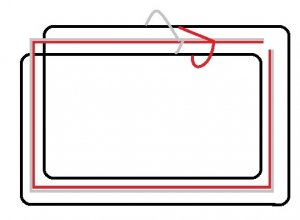
Or should it go around twice, too? (Feeders not shown in this example).
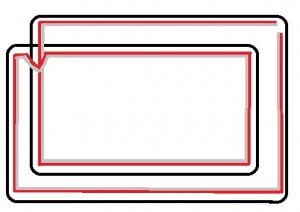
(I kind of think I might have asked this a couple of years ago but I can't find the post and forget the answer...)
Second question, with more illustrations, in the next post.
For a twice-around schematic (assume the size is big enough that it's operated from the center; black represents the track)...

Should the bus wires (represented by red and gray) go around once and feed both portions of the twice-around? (Just showing one set of feeders for simplicity). ** NOTE: I understand the importance of making sure the polarity is consistent all around the track.

Or should it go around twice, too? (Feeders not shown in this example).

(I kind of think I might have asked this a couple of years ago but I can't find the post and forget the answer...)
Second question, with more illustrations, in the next post.

